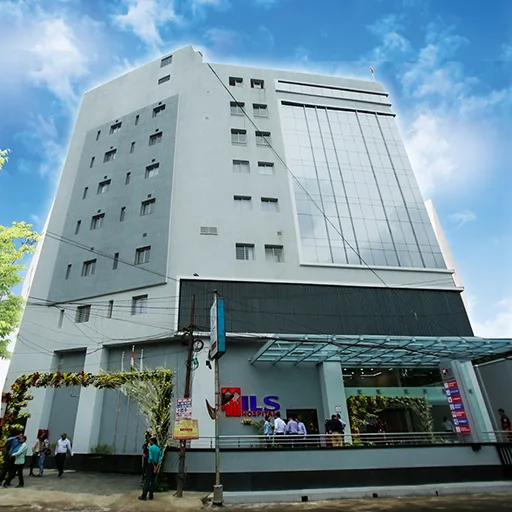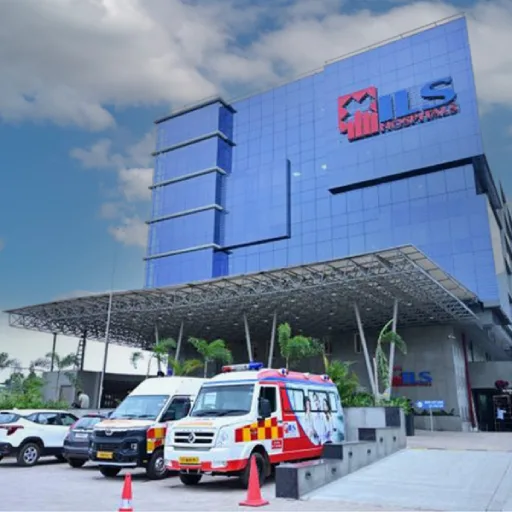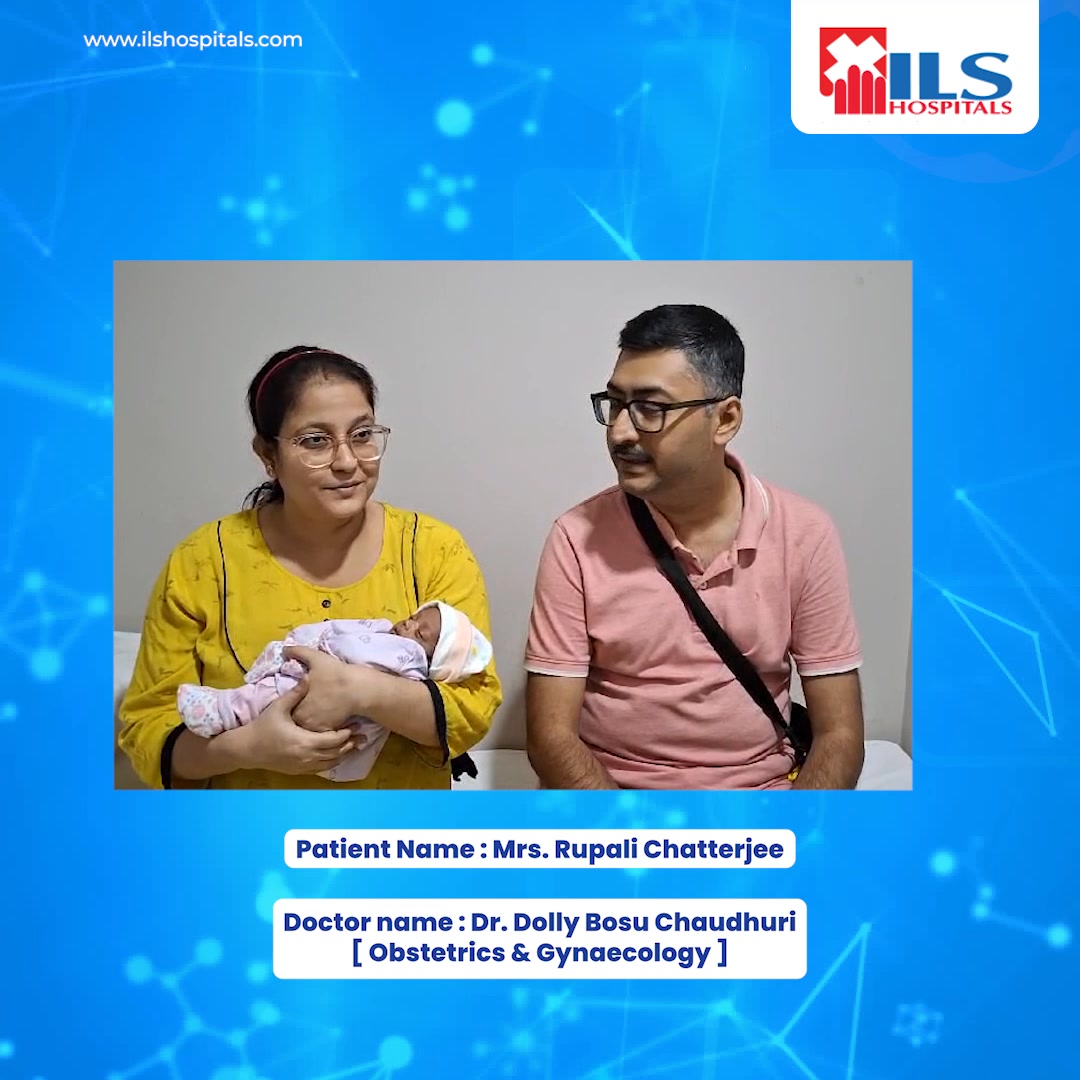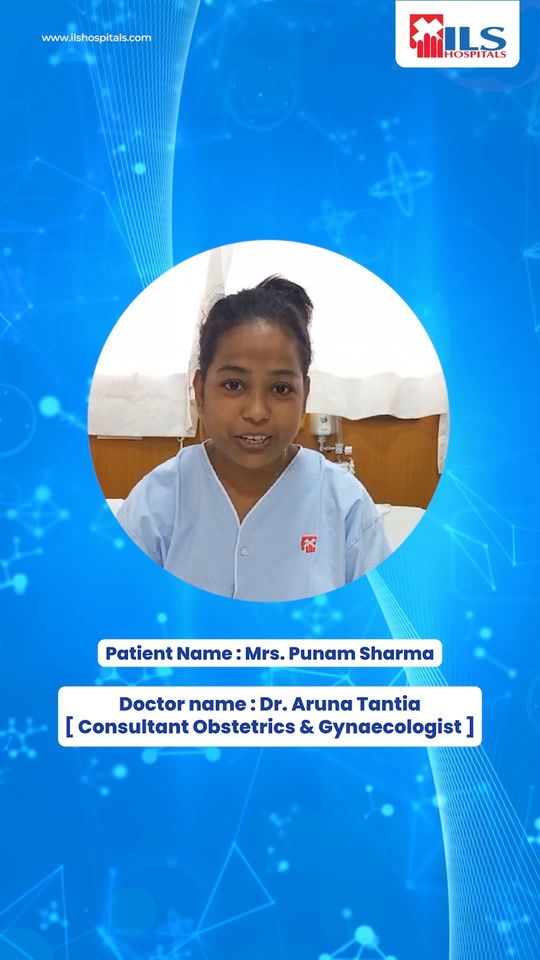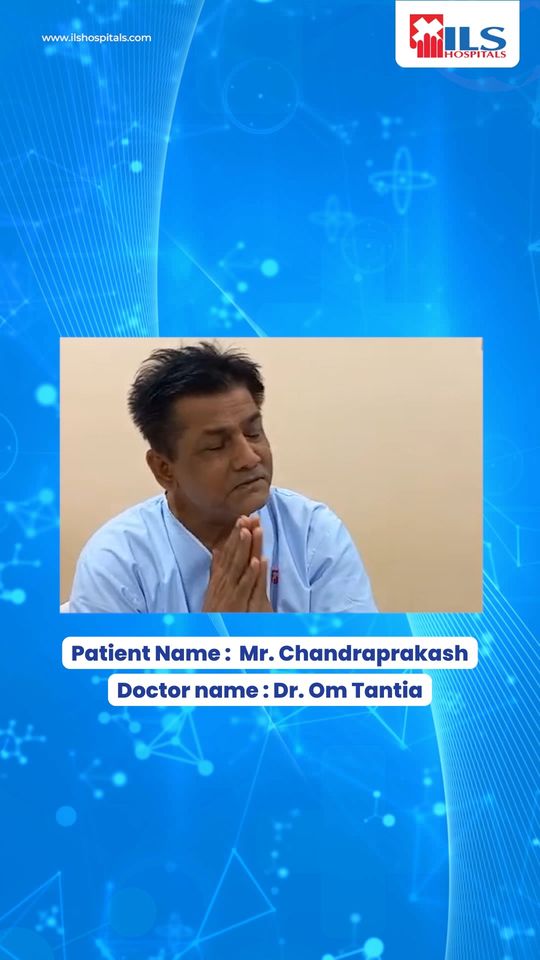Cardiac Surgery
Heart surgery refers to any surgical procedure involving the heart or the blood vessels that transport blood to and from the heart. These treatments, which are typically complex, are used to treat a variety of heart conditions, including coronary artery disease, heart valve diseases, congenital heart defects, and others. Over time, advances in medical technology, surgical procedures, and post-operative care have made cardiac surgery safer and more effective, resulting in better results and a higher quality of life for patients.
Why is cardiac surgery necessary?
Heart disease is one of the most common causes of death worldwide. Many heart disorders, if left untreated, can lead to serious complications such as heart failure, arrhythmias or even death. Heart surgery is frequently required when alternative therapies, such as lifestyle changes, medication, or non-invasive techniques, are no longer successful. Some of the most prevalent conditions requiring cardiac surgery are:
- Coronary artery disease (CAD): In CAD, the arteries that deliver blood to the heart constrict or clog, resulting in decreased blood flow. This can result in angina or a heart attack. Coronary artery bypass grafting surgery is commonly used to restore normal blood flow.
- Heart valve disease: The heart contains four valves that regulate blood flow. If these valves are broken, blood flow may reverse. To restore normal cardiac function, surgery is required, for example, valve replacement or repair.
- Aneurysms: A heart aneurysm occurs when a section of a blood artery in the heart weakens and swells. If the aneurysm bursts, the patient may not survive. Surgery may be required to repair the aneurysm and avoid further complications.
- Congenital heart defects: Some people are born with structural problems in their hearts that interfere with the normal flow of blood. To ensure proper heart function, some abnormalities may need to be surgically corrected.
- Arrhythmias: Certain types of irregular heartbeats can be treated surgically, including the implantation of pacemakers or defibrillators, as well as procedures like ablation to restore electrical circuits.
Types of cardiac surgery
- Coronary artery bypass grafting (CABG)
- Valve repair or replacement
- Heart transplant
- Aortic surgery
- Minimally invasive cardiac surgery
- Surgical procedure
Cardiac surgery
Cardiac surgery is often conducted using general anesthesia, which means the patient is entirely unconscious throughout the procedure. Open-heart surgery is performed by surgeons, who access the heart through the chest, typically by creating a wide incision in the sternum. Minimally invasive techniques may occasionally require smaller incisions. Following surgery, patients are constantly followed at a recovery center. The recuperation time varies according to the complexity of the treatment and the patient’s overall health. Many patients need a few days in the hospital to recover, followed by weeks or months of rehabilitation. A healthy lifestyle, which includes regular exercise, a balanced diet, and the control of risk factors like high blood pressure or diabetes, is essential for long-term healing.
Conclusion
Cardiac surgery is essential for treating life-threatening heart diseases and increasing patients’ quality of life. With advances in medical technology, many heart procedures can now be performed with less risk and shorter recovery times. If you or someone you love has a cardiac condition, you should contact a heart surgeon to determine the best treatment choices. Cardiac surgery, when performed by expert surgeons and backed by a strong medical team, can save lives and bring hope to people suffering from significant cardiac diseases.








